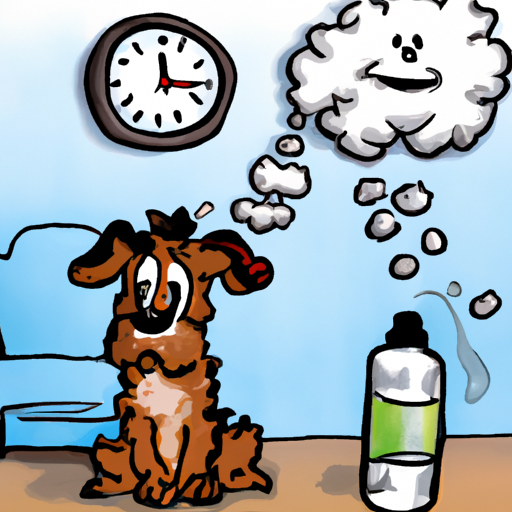Hello there! If you are reading this, chances are you’re a compassionate caregiver to a furry friend that suffers from separation anxiety. It’s no easy task, but your dedication is commendable. This post will guide you through understanding, managing, and treating your dog’s separation anxiety.
Understanding Separation Anxiety
Dog separation anxiety is a condition where a dog exhibits distress and behavior problems when separated from its handler. This can manifest in a variety of ways, including:
- Excessive barking or howling
- Destructive behavior like chewing or digging
- Pacing in a fixed pattern or circle
Causes of Separation Anxiety
Just like humans, dogs can also experience anxiety. Factors that might lead to separation anxiety include:
- Sudden changes in schedule
- Moving to a new home
- The sudden absence of a family member
Recognizing the Signs
Recognizing the signs of anxiety in your dog is the first step towards treatment. Here are some common signs:
- Excessive drooling
- Attempts to escape
- Agitation
- Pacing
Treatment Options
There are several treatment options available for dogs suffering from separation anxiety. These include:
- Behavioral Training: This involves conditioning your dog to be alone. Start by leaving them alone for short periods, gradually increasing the duration.
- Medication: In some cases, medication may be necessary. Always consult a vet before administering any medication.
- Comfort Items: Providing your dog with familiar, comforting items can help alleviate anxiety.
Creating a Safe Space
Having a safe, comfortable space where your dog can retreat to when they are feeling anxious can be beneficial. This space should be:
- Quiet
- Cozy
- Filled with their favorite toys
Preventative Measures
Preventing separation anxiety involves creating a balanced environment for your dog. Here are a few tips:
- Maintain a consistent schedule.
- Give them plenty of exercise.
- Socialize them with other dogs.
- Regular vet checkups.
The Role of Diet and Exercise
Regular exercise and a balanced diet can significantly reduce anxiety in dogs.
| Exercise | Diet |
|---|---|
| Keep them physically active | Balanced and nutritious food |
| Games and outdoor activities | Avoid foods that cause allergies |
| Regular walks | Regular water intake |
FAQ
Q: Can separation anxiety in dogs be cured?
A: While it might not be entirely ‘cured’, separation anxiety can certainly be managed effectively. With the right treatment and care, your dog can lead a happy, anxiety-free life.
Q: How long does it take to treat separation anxiety in dogs?
A: The duration of treatment varies depending on the severity of the anxiety and the dog’s overall health and age. It could take a few weeks or several months.
Q: Can I leave my dog alone if it has separation anxiety?
A: It’s not ideal to leave your dog alone for extended periods if they suffer from separation anxiety. However, with proper training and treatment, they can become more comfortable with being alone.
Remember, every dog is unique, and what works for one might not work for another. It’s important to be patient and consistent in your approach. With time, love, and care, your furry friend will soon be on their way to a more relaxed, anxiety-free life.



